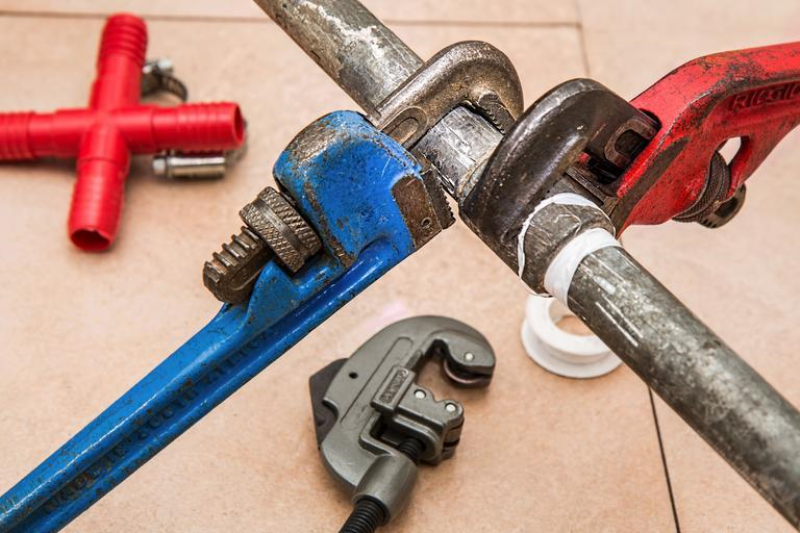Rats are fascinating animals, and their unique abilities can be quite amazing. One of the most incredible things they can do is climb walls! Yes, rats can remarkably scale vertical surfaces like a wall or pipe with ease. They can even walk along narrow ledges and climb through small holes. In this article, we'll explore how rats can climb walls and the factors that may impact their ability to do so. We'll also discuss why it's important to be aware of their climbing capabilities if you have a rat in your home. With the help of a professional rat exterminator and by understanding the facts about rats, you can help keep them safe and prevent infestations.
How Do Rats Climb Walls?
Rats have evolved to become excellent climbers. They have sharp claws that help them grip surfaces, allowing them to easily scale even vertical walls. Additionally, they have five phalanges "fingers" on each paw, which spread out and provide extra gripping power. Their long tails also help them when climbing. With their tails as a balancing act, rats can seemly defy gravity by climbing and wrapping themselves around almost any object. In addition, their tail acts like an extra limb that helps them keep from falling if they misstep.
What Else Can Rats Climb?
Rats can climb both smooth and rough surfaces. Smooth surfaces such as glass can be difficult to climb, but rats have adapted by using their claws to create tiny footholds. On rough surfaces like brick or concrete, rats are more successful because the unevenness of the surface allows them to grip it better. Rats can even climb metal, as long as there are enough ridges and grooves to grab onto.
Why Should You Be Aware of Rat Climbing Abilities?
It is important to be aware of rats' climbing abilities because they can affect the safety of your home or business. Once rats have found a way into your home or business, they can cause various problems. For example, they chew on electrical wires, which can cause fires, contaminate food, and spread diseases. Rats can also reproduce quickly, so an infestation can get out of control if not dealt with promptly.
Additionally, rats are very quick and agile climbers, meaning they can find their way into hard-to-reach places where you may not think to look for them. This makes dealing with infestations even more difficult.
By understanding the facts about how rats climb, you can be better prepared to prevent them from entering your home or business in the first place.
If you suspect that you have a rat problem, it is important to take action right away. Calling a professional pest control can help in locating any entry points the rats use to get into your home or business. This may require detective work, as rats are skilled at hiding their tracks. Look for holes or gaps in walls, ceilings, and floors, and check areas around pipes and wires where rats can squeeze through.
Once you have located the entry points, the next step is sealing them up to prevent the rats from getting in. This can be done using various materials, including steel wool, caulk, or expandable foam. Again, it is important to ensure that the seals are secure and that there are no gaps or openings that the rats can use to get through.
In addition to sealing up entry points, several other steps you can take to prevent a rat infestation. For example, keep your home or business clean and free of clutter, as this will make it less appealing to rats. In addition, store food in airtight containers and dispose of trash regularly to prevent attracting rats. And, if you have pets, keep their food and water bowls clean and free of debris.
By taking the time to understand the facts about rats and how they climb, you can help keep them safe and prevent infestations. With a few simple steps, you can take control of your property and help protect yourself from unwanted rodent visitors.









